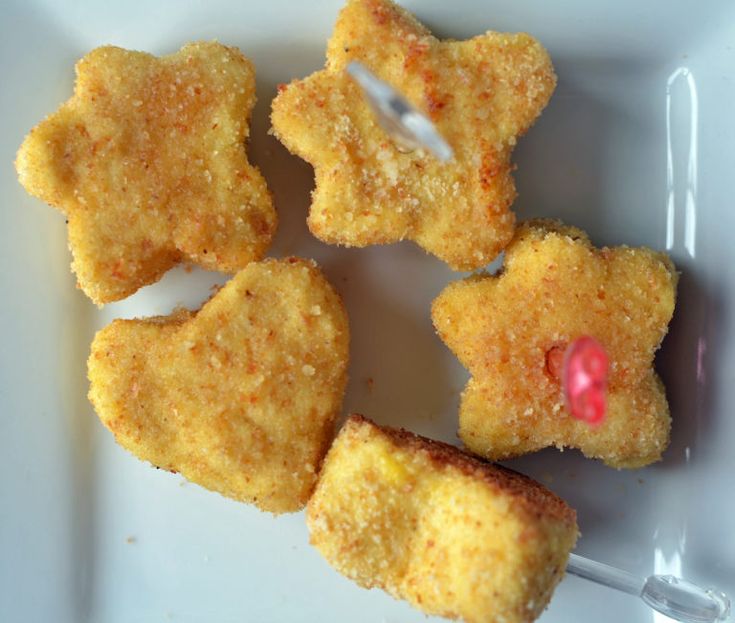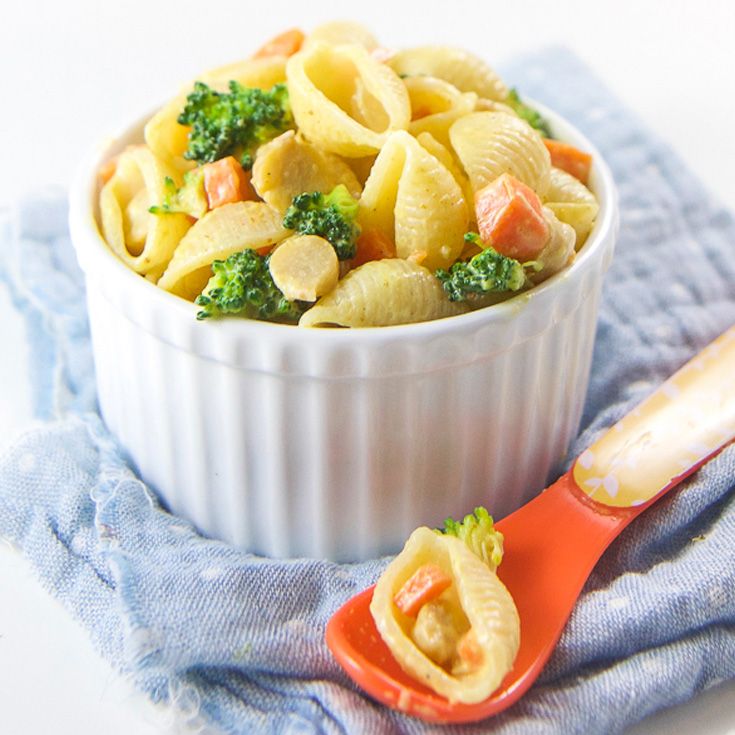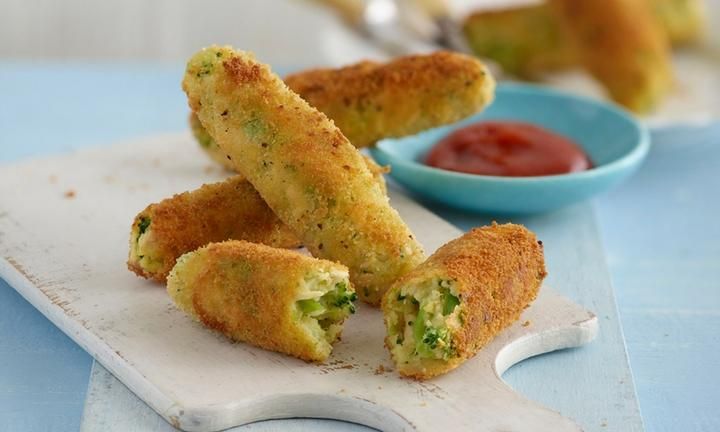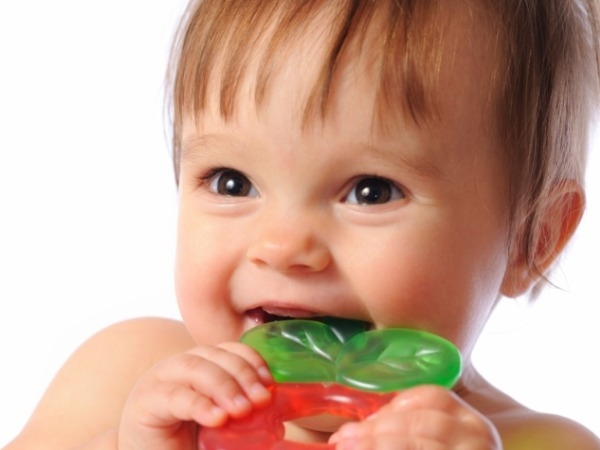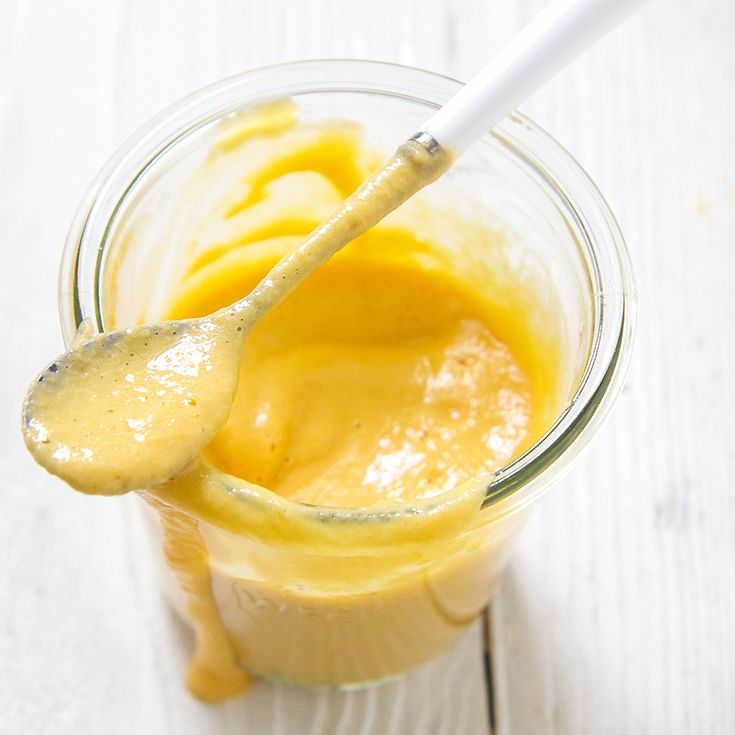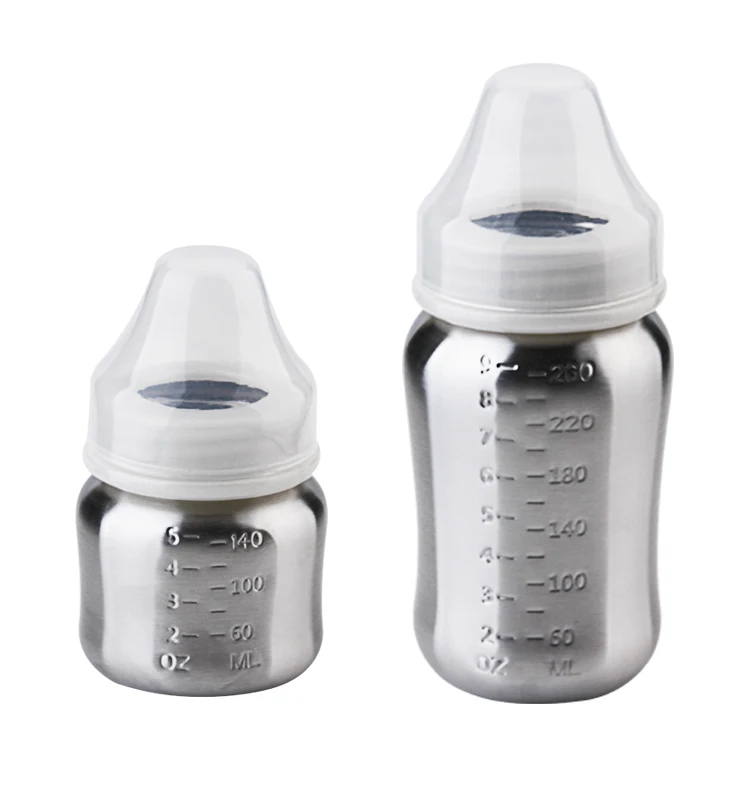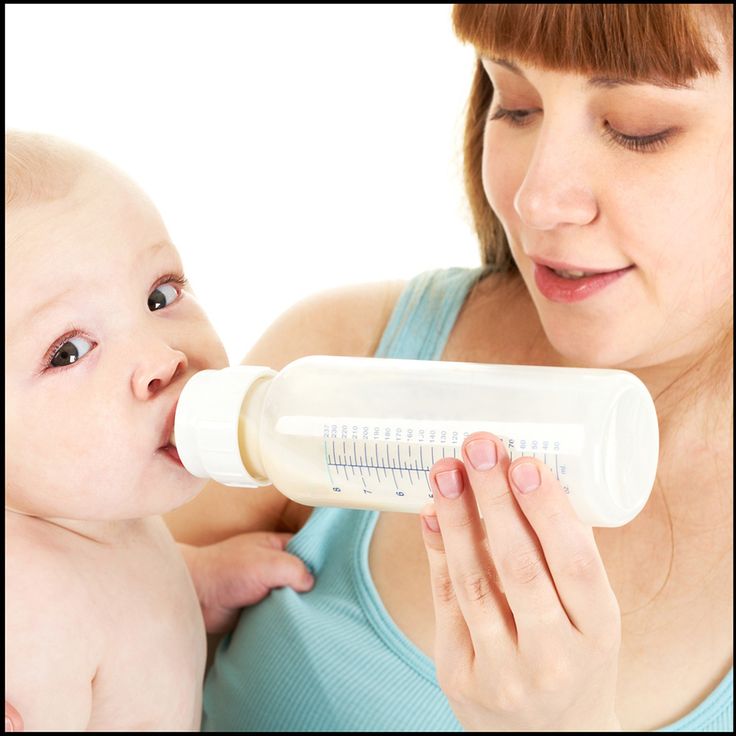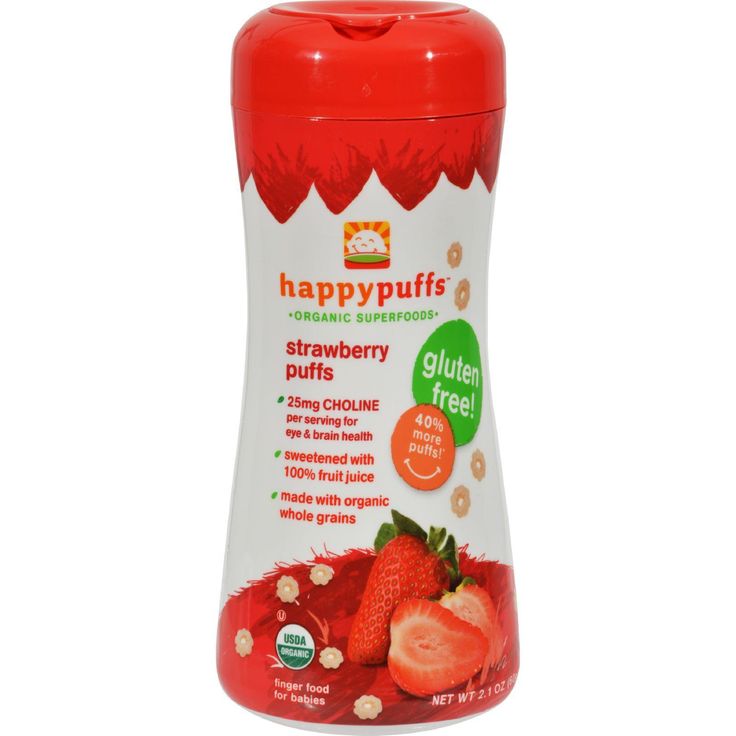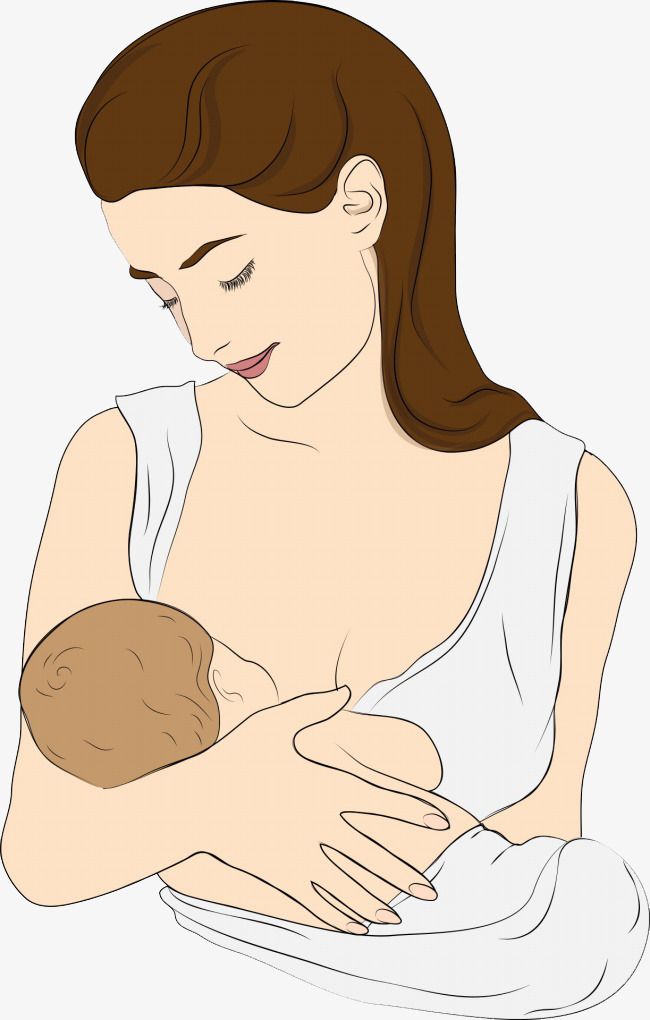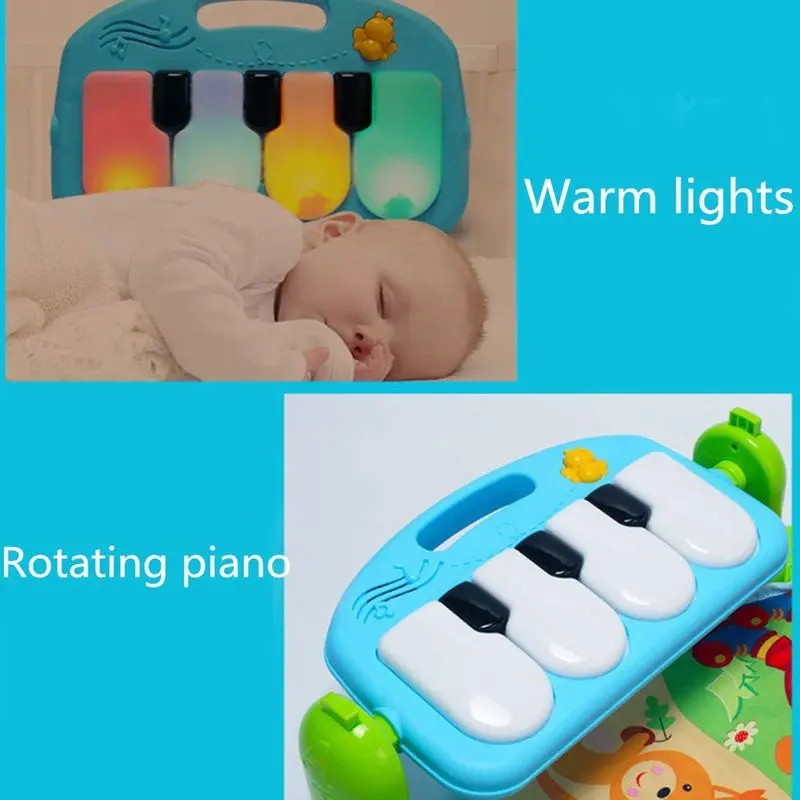How to make homemade chicken baby food
Basic Chicken Baby Food Recipe (6 months - Stage 1)
Home » Feeding Style » Baby Food Purees » Stage One » Basic Chicken Baby Food Recipe
This homemade Basic Chicken Baby Puree is a great addition to your baby’s favorite purees for extra protein and flavor! It’s an incredibly simple recipe with big flavor and nutrition! It’s perfect as a Stage One Baby Food or 6+ months.
Medically reviewed by Jamie Johnson, Registered Dietitian Nutritionist (RDN), and Lauren Braaten, Pediatric Occupational Therapist (OT).
Chicken Baby PureeChicken 🍗 is full of essential vitamins, fat, and protein that your baby needs for their development. But pureed chicken for your baby? 🤔
I know, I know, I know. Pureed chicken for baby sounds… err.. gross. I get it! I was once thinking the same thing when I started my baby food journey because my only reference to a chicken puree for your baby was a self-stable store-bought chicken puree, which is 💯% not the best (trust me, I tasted them all).
And if I don’t want to eat it, I’m not going to serve it to my baby!
Baby food should be as good, if not better, than the food we eat.
But guys, without bias, this homemade chicken baby food puree is legit! It is gently cooked with chicken, earthy parsley, and a deep, rich broth. The key here is to cook the chicken just right — we do not want overcooked chicken. Then, we blend it up with a little extra broth, and you have yourself a creamy puree that tastes like a blended chicken noodle soup.
While some babies love this taste of a meat puree, others might find it a bit intense. That is totally okay. For starters, you can mix this chicken puree into any other fruit or veggie baby food you know your little one will love.
Is it your first time making homemade baby food? Then I suggest you start this journey by reading my in-depth Guide on How to Make Homemade Baby Food. The detailed guide goes over all the important information such as the best cooking tools to have on hand, safe storage, how to know when baby is ready for solids, how to introduce purees, the best first foods for baby, and more! You can also check out my best-selling cookbook for even more information and recipes!
Chicken Puree for Baby Video
Watch this video to see how easy this Chicken Puree recipe is to make!
Reasons to Love this Basic Chicken Puree- simple yet flavorful
- packed with protein
- great to add to any other fruit or veggie puree that baby loves
- baby food for 4 months and up
- stage 1 baby food
- freezer-friendly
- homemade
Make sure to read the recipe card below for the full list of ingredients and instructions!
- Chicken: As random as it may seem, chicken is the star of the show in this puree.
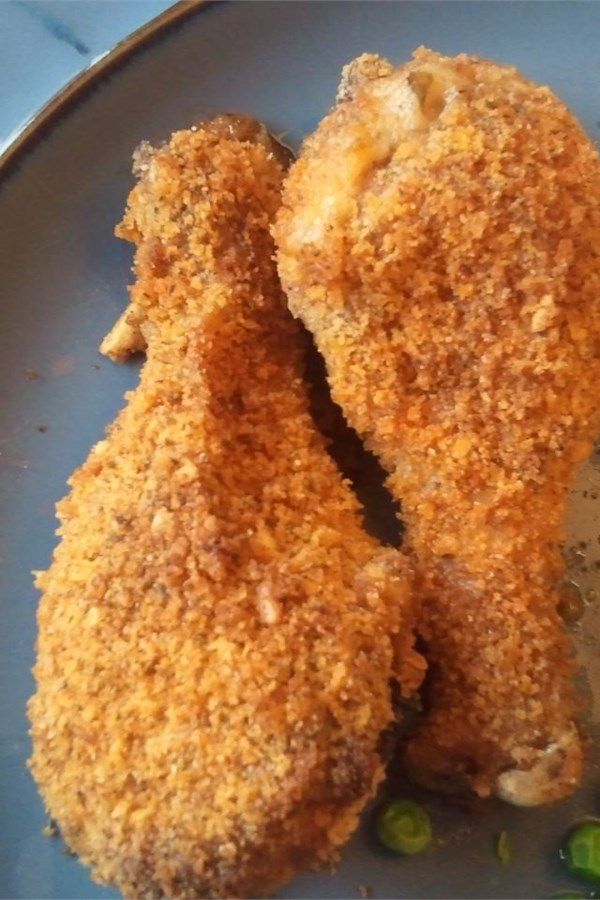 We are going to use an 8oz piece of boneless skinless chicken breast for this recipe. You can also use chicken thighs, but the puree will have a slightly different taste due to the higher fat content found in chicken thighs compared to breasts. You can also easily scale up this recipe if you want more than 12 ounces of baby food.
We are going to use an 8oz piece of boneless skinless chicken breast for this recipe. You can also use chicken thighs, but the puree will have a slightly different taste due to the higher fat content found in chicken thighs compared to breasts. You can also easily scale up this recipe if you want more than 12 ounces of baby food. - Broth: To get that rich, deep chicken flavor, we will cook our chicken in chicken broth. I recommend using a low-sodium, sodium-free, or free-range chicken bone broth for this recipe. You can also use any of those variations above with a vegetable broth as well. If you don’t have any of those on hand, you can use water.
- Parsley: We are adding dried parsley to give the puree a little more complex taste. This can easily be omitted if you prefer.
Organic Chicken: I highly recommend using organic chicken for this recipe, if possible. The organic chicken will be free of antibiotics, synthetic pesticides and will be fed a GMO-free diet.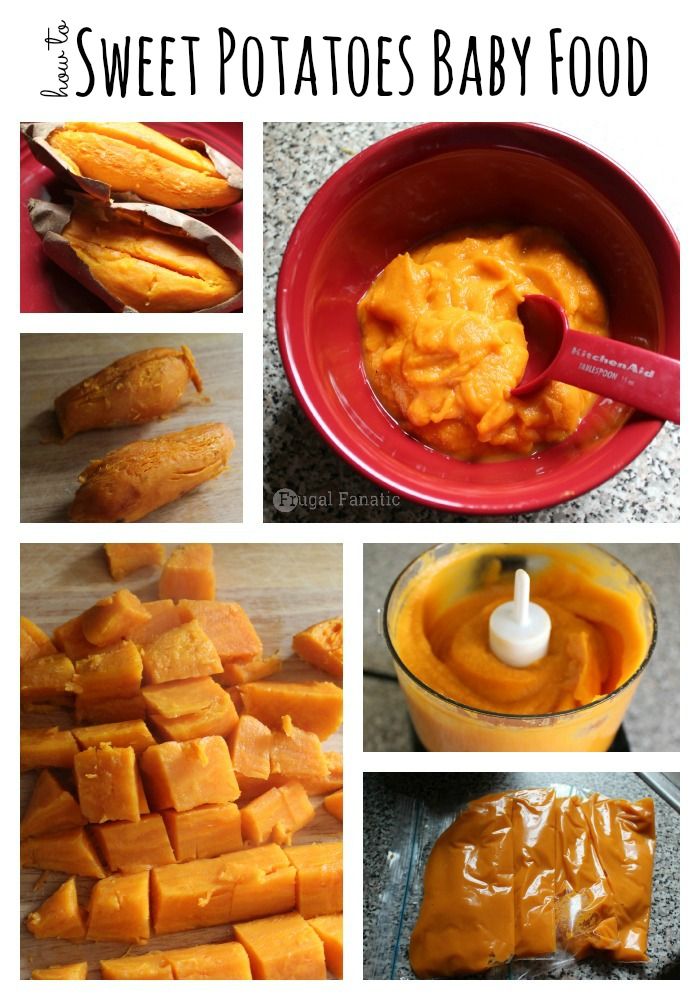 Pasture-raised is also recommended for more Omega-3 fatty acids (healthy fats).
Pasture-raised is also recommended for more Omega-3 fatty acids (healthy fats).
- High in protein for healthy muscle growth
- Contains iron, which is necessary to make hemoglobin, a protein in red blood cells
- Contains vitamin B12 for healthy nerve and blood cells and making DNA, and choline that helps promote brain development
- Boil: In a medium saucepan, bring the cubed chicken, broth, and parsley to a boil over medium heat.
- Simmer: Turn the heat down to low and cover the saucepan. Simmer it for 15-20 minutes or until the chicken is just cooked through. Let it cool slightly.
- Puree: Using a slotted spoon, transfer the chicken to a blender or food processor and puree until you reach your desired consistency, adding broth in 1/4 cup increments if needed.
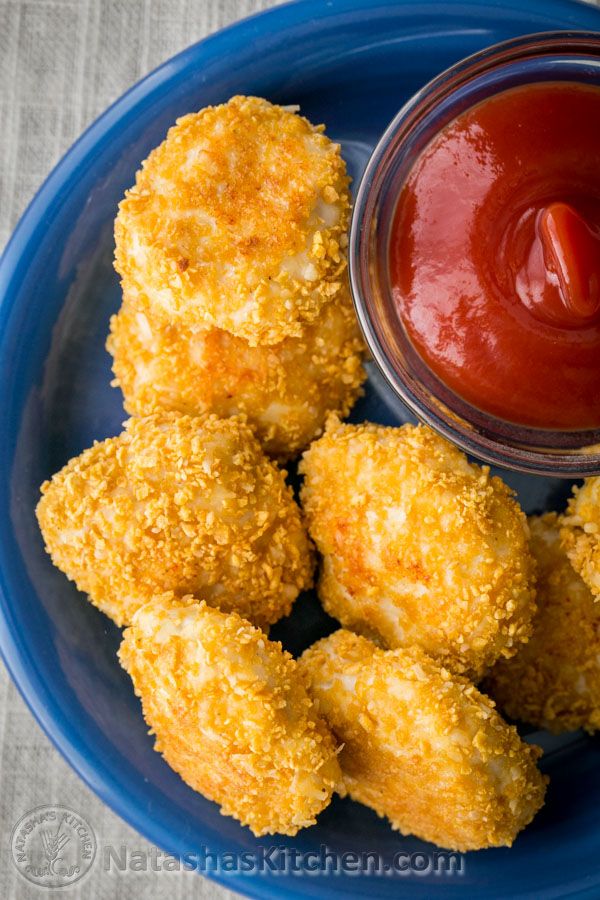
- Eat: Serve to your baby plain or added into another puree.
- Freeze: Store a small portion in the fridge and freeze the rest for another meal.
- Blender or Food Processor
- Storage Containers for Fridge
- Freezer Tray
- Stasher Bag
- highchair
- suction bowl or baby bowl
- Bamboo Baby Spoon
- bib with catch pocket
WeeSprout Silicone Baby Food Freezer Tray
Our favorite freezer storage container for baby food! Made of 100% food-grade silicone and comes with a hard clip-on lid. Large 3oz sections with 2oz markings to make sure you have the right amount for your baby.
View Product
How to Store Chicken PureeRefrigeratorYou can store this puree in an airtight container in the fridge for up to 3 days.
FreezerThis puree can be frozen for up to 2 months.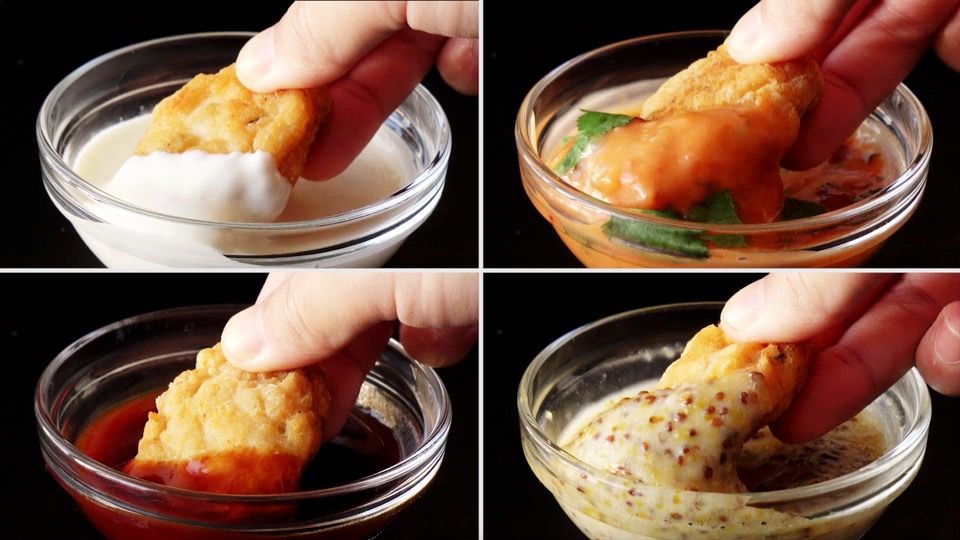
- Spoon puree into a freezer storage container (this is my favorite freezer storage container). Do not overfill.
- Place the lid on the storage container or cover with a piece of saran wrap, and label with the date and recipe name.
- Place the tray into the freezer and let it freeze completely — preferably overnight.
- Pop-out the baby food cubes and place them in a ziplock baggie or stasher bag. Don’t forget to relabel the baggie or stager bag for future reference.
Need more information on how to store your baby foods? Head over to my Best Baby Food Storage Containers – Plus 6 Tips on Freezing and Thawing post!
Label Tip: Don’t forget to label your purees before you place them in the fridge or freezer with the name of the puree and the date you made it. Take it from me; by the end of the week, you will completely forget what is in your freezer and how long it’s been there 😉
Frequently Asked Questions
When can baby eat chicken puree?
Baby can eat chicken as one of their first foods.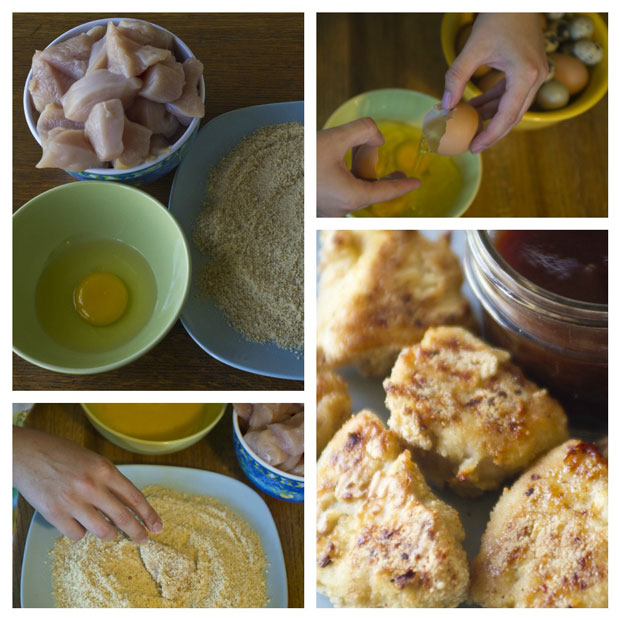 When a baby can start on solids is determined by their own rate of development, which generally comes between 4-6 months of age. Some of the developmental milestones babies need to reach in order to start solids include: if your baby has solid control of their head and neck, if your baby has doubled in weight, and if your baby is reaching for or opening their mouth when you eat (see my guide here). Before you start your baby on purees, you should consult with your pediatrician to make sure your child is developmentally ready for purees.
When a baby can start on solids is determined by their own rate of development, which generally comes between 4-6 months of age. Some of the developmental milestones babies need to reach in order to start solids include: if your baby has solid control of their head and neck, if your baby has doubled in weight, and if your baby is reaching for or opening their mouth when you eat (see my guide here). Before you start your baby on purees, you should consult with your pediatrician to make sure your child is developmentally ready for purees.
Can chicken be baby’s first food?
Chicken can 100% be your baby’s first food if you want it to be. It is recommended to wait to introduce the top eight allergen foods to your baby once a few other well-tolerated foods have been introduced, but otherwise, foods can be introduced in any order so choose whatever you are most excited for your baby to have.
Is chicken a common allergen for baby?
No, chicken is not a common allergen, however, as with any food, start with a small portion and be aware of any signs that might be an allergic reaction after introducing it.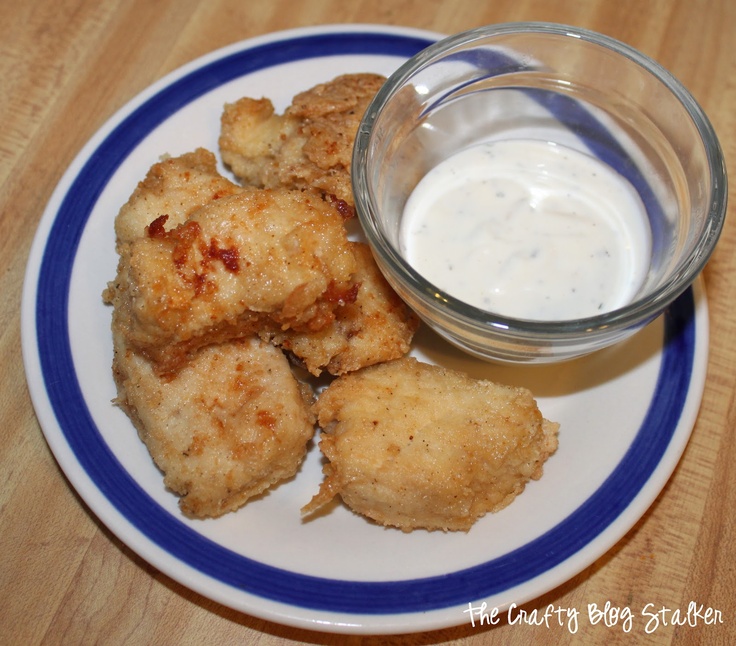
Does chicken cause constipation for babies?
No, chicken is not known to cause constipation in babies, however, it won’t really help with constipation either since it lacks fiber.
Can you freeze and then thaw the cooked chicken?
Yes, you can freeze and then thaw this chicken puree to serve to your baby. I would recommend you use fresh (not previously frozen) chicken and that you gently reheat it as to not make it too tough of a texture for your baby.
Great Chicken Combination PureesWhile this chicken baby food is great by itself, it can be a little intense for some babies. I recommend mixing it into one of your babe’s favorite purees as an introduction to the rich taste of chicken. Here are some great purees to mix with the chicken puree:
- Apples
- Sweet Potato
- Pear
- Carrot
- Broccoli
- Pea
- Mango
Recipe
Tips- Use a Slotted Spoon: When transferring the chicken from the saucepan to the blender, make sure to use a slotted spoon so you don’t add too much broth into the puree from the start.
 You only want to add broth if needed while blending. I had to add a 1/4 cup of broth to the blender while I was pureeing this chicken.
You only want to add broth if needed while blending. I had to add a 1/4 cup of broth to the blender while I was pureeing this chicken. - Reheat Gently: If you are freezing some of this chicken puree, reheat it in 20-second intervals. You don’t want to recook the chicken.
Puree Feeding Tips
- Trial adding a little seasoning or spice to purees – babies like flavor! Or consider changing the temperature of purees from time to time, to slightly warmed or slightly chilled. Varying these aspects adds to the sensory experience!
- Place a small amount of puree on the tray during spoon feeding, so that your baby can dip their fingers or hands in the puree. Allowing baby to explore foods in this way helps them learn to self-feed and can help them be more willing to try new textures and foods in the future.
- Have a spare spoon (or three!) – even very young babies often want to be involved in feeding themselves as much as possible.
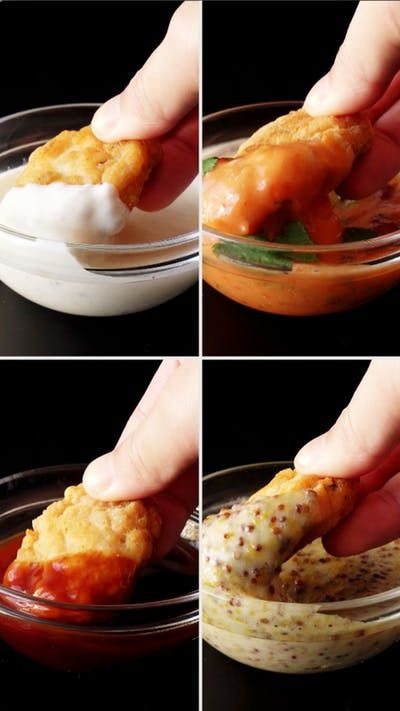 Giving baby an extra spoon to hold can be helpful in giving her a sense of control and also promotes hand-eye coordination.Allow baby to use spoons as a teether during the meal. There are many great options out there but a few we particularly love include the Olababy 3 Piece Set, the NumNum Pre-Spoon GOOtensils, and the ChooMee FlexiDip Baby Starter Spoons.
Giving baby an extra spoon to hold can be helpful in giving her a sense of control and also promotes hand-eye coordination.Allow baby to use spoons as a teether during the meal. There are many great options out there but a few we particularly love include the Olababy 3 Piece Set, the NumNum Pre-Spoon GOOtensils, and the ChooMee FlexiDip Baby Starter Spoons.
Or watch a shortened version of this video here.
- 1 8-ounce boneless skinless chicken breast or thighs, cubed
- 2 cups chicken or veggie stock, low-sodium or sodium-free
- 1 tsp dried parsley (optional)
Boil: In a medium saucepan, bring the cubed chicken, broth and parsley to a boil over medium heat.

Simmer: Turn the heat down to low and simmer, covered, for 15 minutes or until chicken is just cooked through. Let cool slightly.
Transfer: Using a slotted spoon, transfer the chicken to a blender or food processor, leaving the broth in the saucepan. Reserve the broth
Puree: starting on low and working your way up to high-speed, puree the chicken until you reach your desired consistency, adding in broth in 1/4 cup increments if needed. I had to add in just 1/4 cup of broth to get the consistency seen in this photo.
Eat: serve to baby plain or added into another puree.
Freeze: store a small portion in the fridge and freeze the rest for another meal.
Extra Healthy Fat : For some extra healthy fat, this puree is also wonderful with a teaspoon of grass-fed butter (salt free) added to the blender right before pureeing.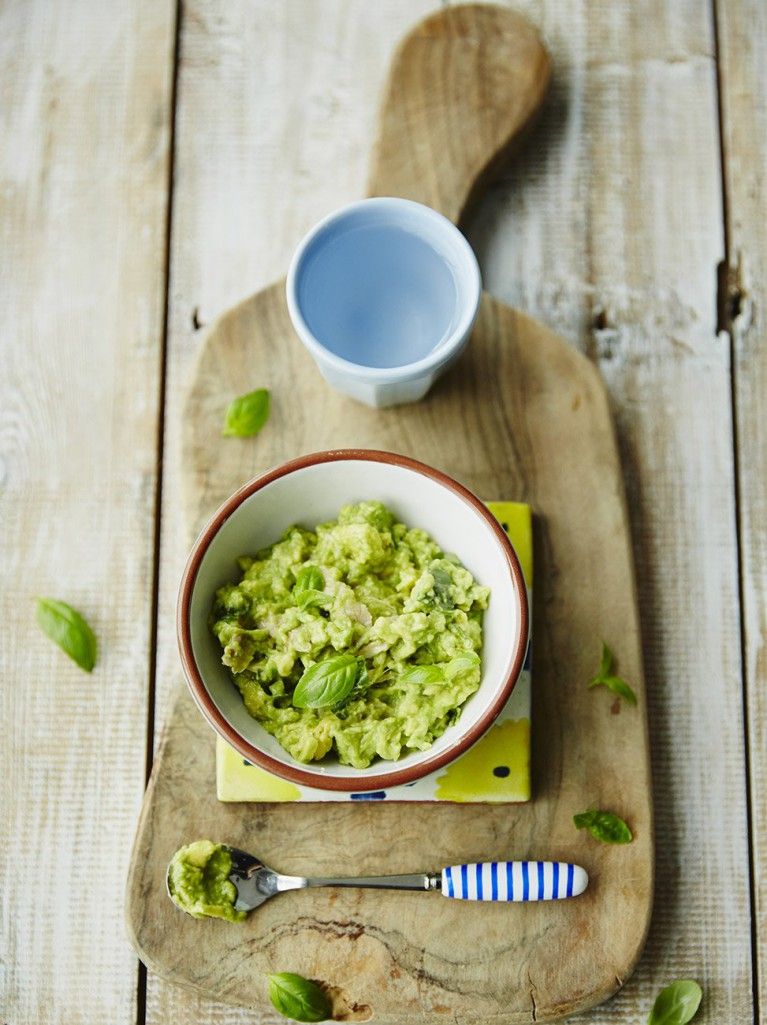
Age: 4 months and up
Yield: roughly 12 ounces
Storage: Fridge – store in an airtight container in the fridge for 2-3 days. Freezer – can be frozen for up to 2 months (this and this are my favorite freezer storage containers).
Favorite Kitchen Tools: Get a list of my favorite kitchen tools to make the best baby food here!
Blender
Freezer Tray
Bumkins Baby Bowl
Grabease Utensil
Saucepan
Did you make this recipe?
Tag @babyfoode on Instagram and hashtag it #babyfoode!
Pin Recipe Email a Friend
Chicken Puree for Baby- Healthy Little Foodies
All Posts, by Date » Baby Friendly Recipes » Chicken Puree
Jump to Recipe Print Recipe
This chicken puree is a great way for a baby to first try chicken.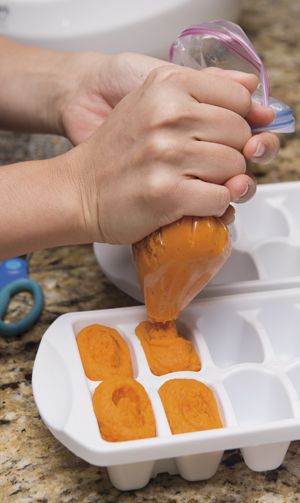 The meat is cooked and blended with sweet potato carrot and onion for extra flavour and nutrition.
The meat is cooked and blended with sweet potato carrot and onion for extra flavour and nutrition.
Reasons to Love this Puree
- NUTRITION: In general, for 6- to 12-month-old babies, you want to focus on foods that are nutrient-dense and packed with iron.
Chicken is a great source of protein and contains many nutrients that babies need to thrive. These include vitamins B3, B6 & B12, zinc, choline and selenium and iron.
Sweet potato is also a non-heme source of iron and contains vitamin C which aids the absorption of iron.
Read more on iron rich foods. - TEXTURE: Chicken can be dry and gritty/chalky when blended unless you have a very powerful blender and add a good bit of liquid.
Cooking the chicken with some vegetables helps with the texture. - TASTE: Not only do the vegetables help with texture, but they also provide lovely flavour.
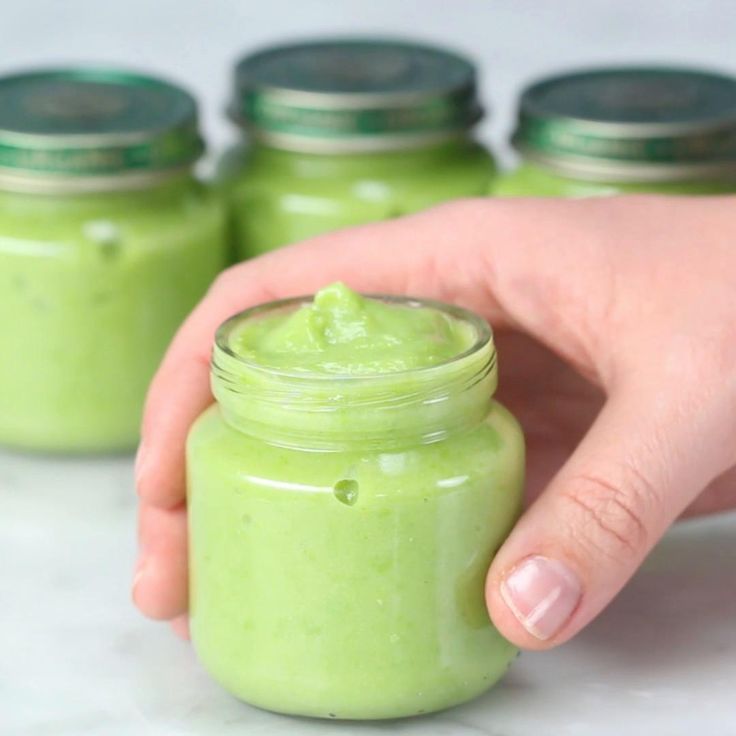 If your baby has previously enjoyed sweet potato puree or carrot puree then this is a good way to introduce chicken.
If your baby has previously enjoyed sweet potato puree or carrot puree then this is a good way to introduce chicken. - FREEZER FRIENDLY: Make a batch and freeze in small portions for busier days/evenings.
Watch How to Make it (Video)
- CHICKEN – Use skinless, boneless chicken breast or thigh meat.
- CHICKEN STOCK / BROTH – Chicken stock/broth adds great flavour but most are unsuitable for babies as they are high in salt. You can make your own baby friendly chicken stock or hunt down some low sodium stocks/stock cubes. You can also water down the stock or simply replace it with water.
A baby under the age of 1 year can only have up to 1g of salt per day so read the label and check the salt levels. Food labels may sometimes write sodium instead of salt, to find the salt equivalent simply multiply the sodium number by 2.5.
Read more about salt for babies. - SWEET POTATO & CARROT – Added for flavour, texture and nutrition.
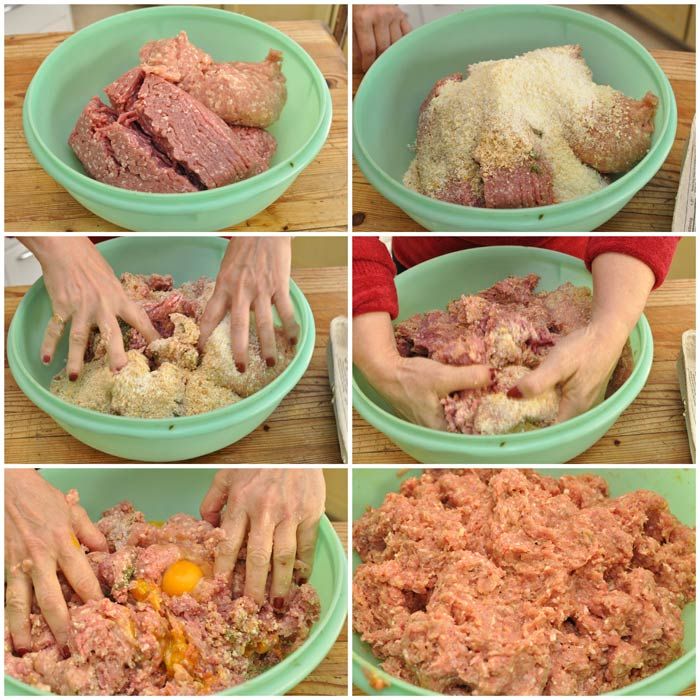 Chicken puree can often be dry/chalky in texture. Adding the carrot and sweet potato helps with the texture and adds a lovely sweet flavour.
Chicken puree can often be dry/chalky in texture. Adding the carrot and sweet potato helps with the texture and adds a lovely sweet flavour. - ONION – Added for flavour.
Process Shots (and Cooking Tips)
- SAUTE ONION: This releases the natural sweetness of the onion and provides a lovely flavour base, take 2-3 minutes to do this over medium-low heat.
- SAUTE CHICKEN: Add the chicken and stir for 30 seconds or so, just until the chicken turns opaque.
- ADD CARROT, SWEET POTATO AND STOCK: Add the remaining ingredients. TIP: Make sure to chop your sweet potato and carrot small so that it cooks quicker.
- SIMMER for 15 mins or until the vegetables are fork-tender.
- ADD TO BLENDER/FOOD PROCESSOR: Use a slotted spoon to remove the chicken and vegetables from the cooking stock.
- BLEND until desired consistency is reached.
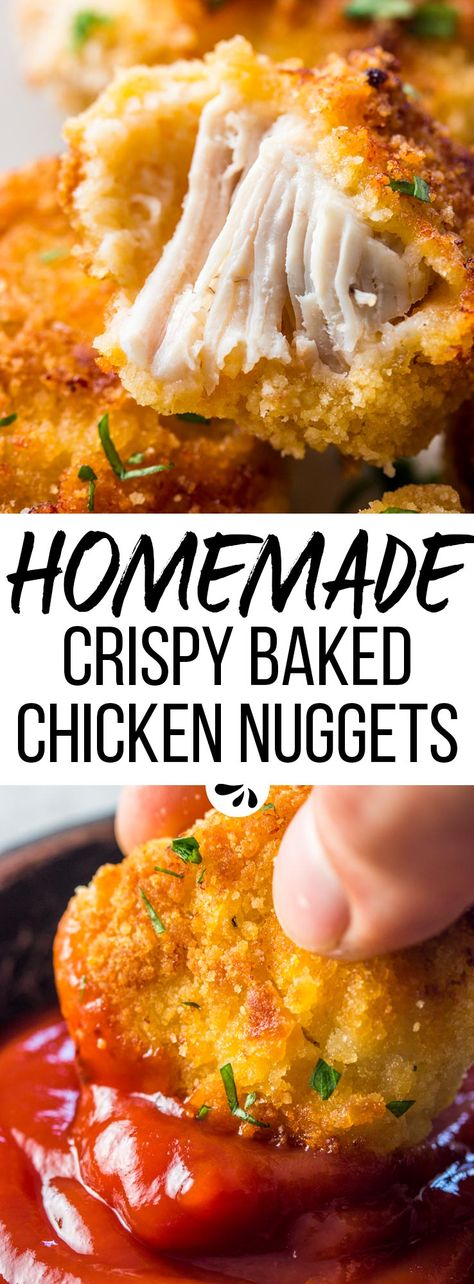 Add tablespoons of the stock to thin the puree. I find around 3-4 tablespoons a good amount.
Add tablespoons of the stock to thin the puree. I find around 3-4 tablespoons a good amount.
Frequently Asked Questions
At what age can a baby have this chicken puree?
You can offer this puree from 6 months.
Storage & Reheating Instructions
Refrigerate
- You can store this chicken puree, in an airtight container, in the refrigerator for up to 2 days.
- Do not store food from a bowl you have previously given your baby. “Double Dipping” from the spoon-to mouth- to container can introduce bacteria from your baby’s saliva which can grow and may cause food poisoning.
Throw away any leftover food from a bowl/container you have been using to feed your baby.
Freeze
- Spoon the puree into ice cube trays or small containers. Cover and freeze until solid.
- When ice cubes are frozen, remove cubes from the tray and store them in a resealable plastic freezer bag or freezer container.

- Label package with contents and date. Use within 2 months.
- The best way to defrost purees is to refrigerate overnight and use them within 24 hours. You can also reheat from frozen.
Re-heat
- It is important that you reheat baby food until piping hot to kill off bacteria. Allow to cool and always test the temperature of the food before giving your baby.
- You can reheat using a microwave or on the stovetop. Make sure to continually stir the food to ensure it is properly heated and to get rid of hot spots.
- Only re-heat once and discard any leftover puree that has already been reheated.
Do you want to learn more about storing baby food? This guide to storing baby food covers how to safely store, refrigerate, freeze and reheat your baby’s food
Looking for more healthy kid recipes?Sign up for my free recipe newsletter to get new family friendly recipes in your inbox each week! Find me sharing more kind-friendly inspiration on Pinterest and Instagram.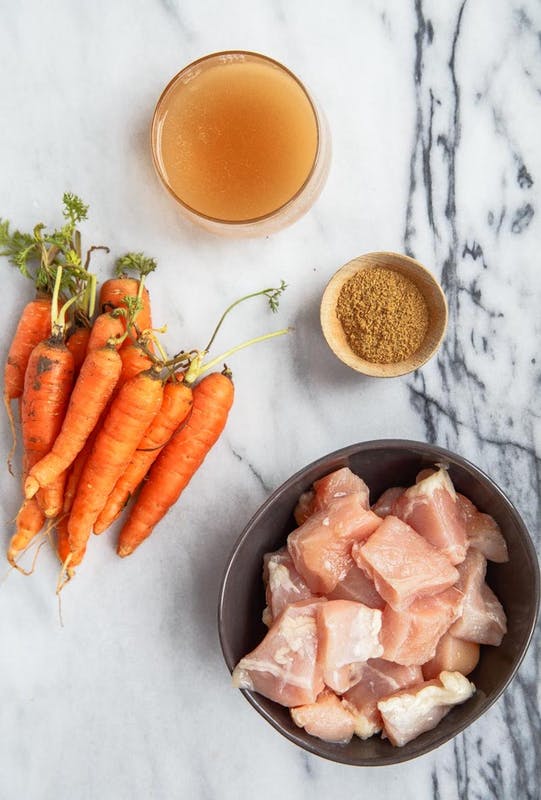
5 from 3 votes
Chicken Puree
Chicken cooked with sweet potato, carrot and onion and then blended to make a delicious puree for babies.
Print Pin This
- ▢ ½ tablespoon Olive Oil
- ▢ ½ small Onion ,finely chopped
- ▢ 160g (1 cup chopped) Boneless Skinless Chicken Breast or Thighs ,chopped into approx. 2.5 – 3cm (1 inch) cubes
- ▢ 300g / 11oz (2 cups chopped) Sweet Potato ,peeled and chopped into approx. 1-1.5cm (½ inch) cubes
- ▢ 80g / ⅓ cup Carrot peeled and chopped into approx. 1- 1.5 cm (½ inch) cubes
- ▢ 250ml / 1 cup Chicken Stock homemade or baby friendly (see notes)
Heat the oil in a medium saucepan over medium heat, add the onion and saute for 2-3 minutes.
Add the chicken and saute for around 30 seconds, until the chicken turns opaque.
Add the sweet potato, carrot and stock.
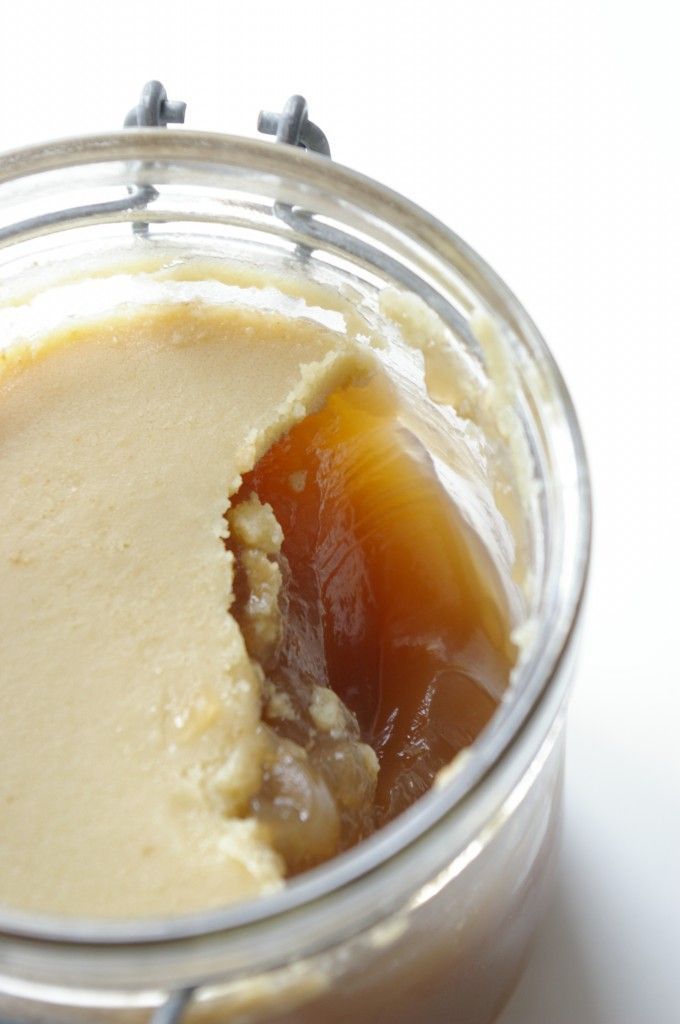 Bring to a boil, cover and gently simmer for 15 mins or until the vegetables are fork tender.
Bring to a boil, cover and gently simmer for 15 mins or until the vegetables are fork tender.Using a slotted spoon, transfer the chicken and vegetables to a blender or food processor, reserving the cooking liquid. Puree until desired consistency. Add tablespoons of the cooking broth to help achieve thinner, smoother texture.
Chicken stock / broth adds great flavour but most are unsuitable for babies as they are high in salt. You can make your own baby friendly chicken stock or hunt down some low sodium stocks / stock cubes. You can also water down the stock or simply replace it with water.
Nutritional information is a ROUGH guide only, calculated using an online nutrition calculator.
Nutrition Facts
Chicken Puree
Amount Per Serving
Calories 93 Calories from Fat 18
% Daily Value*
Fat 2g3%
Saturated Fat 1g5%
Polyunsaturated Fat 1g
Monounsaturated Fat 1g
Sodium 59mg2%
Potassium 339mg10%
Carbohydrates 18g6%
Fiber 3g12%
Sugar 4g4%
Protein 2g4%
Vitamin A 13982IU280%
Vitamin C 4mg5%
Calcium 32mg3%
Iron 1mg6%
* Percent Daily Values are based on a 2000 calorie diet.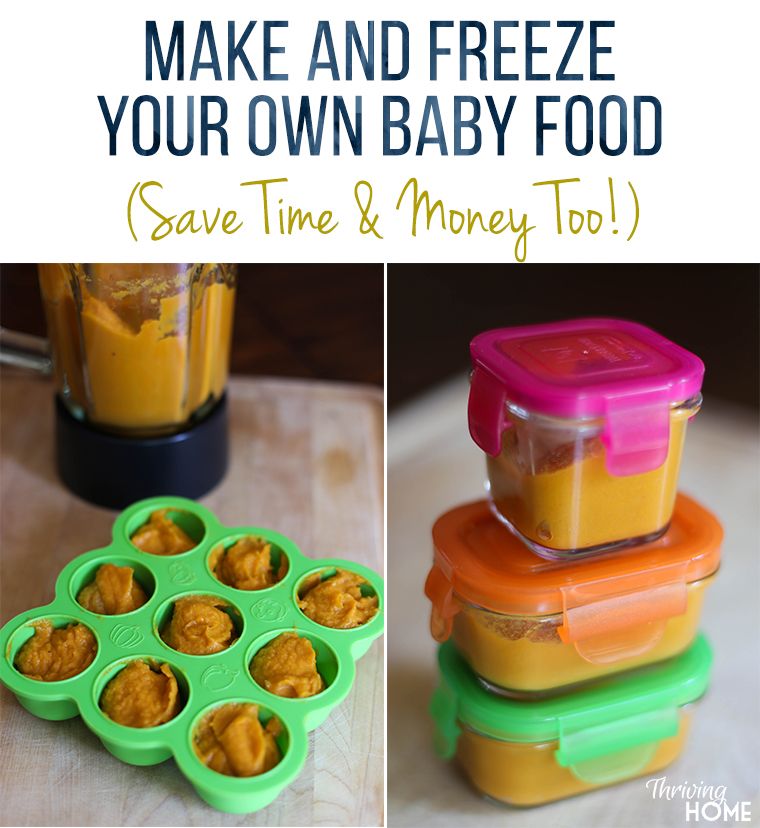
Course:Baby Food
Cuisine:Baby
Keyword:Baby Puree, Chicken Puree
Did you make this recipe?Tag me on Instagram at @healthylittlefoodies or leave me a below.
Meet Amy
Amy Whiteford runs the blog Healthy Little Foodies. She is a mum to two, has a BSc (Hons) Food Science, PGDE Primary Education and a Certificate in Childhood Nutrition. She uses her experience and knowledge to create healthy and delicious recipes for kids. Explore the site for creative ideas, tips, and inspiration! Read more
How to raise a Healthy Little Foodie
Receive family friendly recipes, delivered weekly to your inbox, for FREE! And receive this FREE ebook - "How to Raise a Healthy Little Foodie"
Reader Interactions
How to cook meat puree for babies
About nutrition
- Photo
- Parents
Babies will not try baby meat puree until they are 7-8 months old.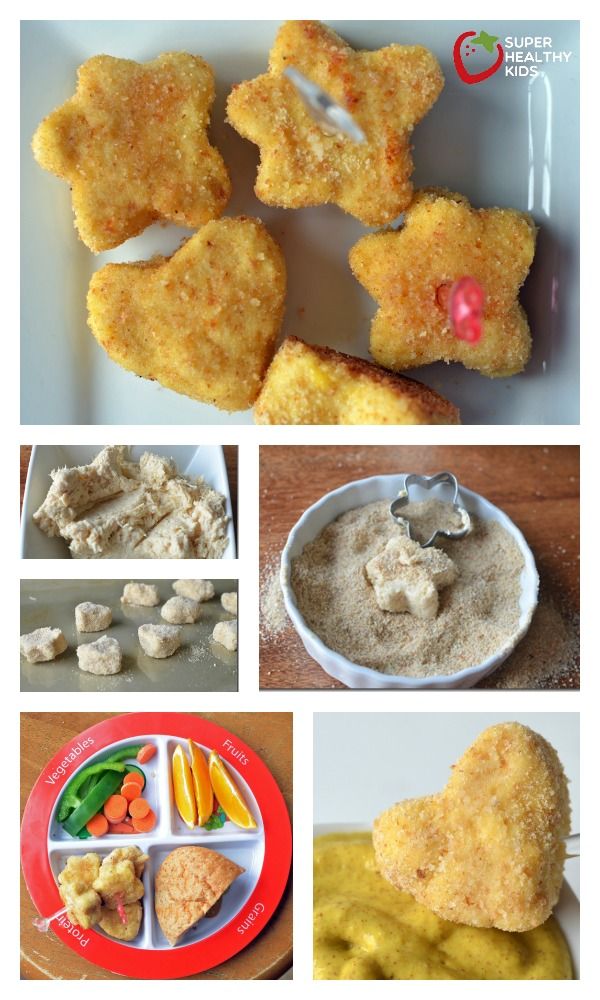 At this age, the child grows and develops intensively, and the iron reserves that he accumulated while he was in his mother's tummy and during breastfeeding are depleted in his body. It is during this period that it is recommended to introduce baby meat puree into his diet. Meat is the main source of complete animal protein, which is necessary for a growing man to protect against infections, normal development and formation of teeth and bones. Properly prepared meat puree for the first feeding contains easily digestible iron, phosphorus, potassium, magnesium, zinc, B vitamins. It also contains extractives that stimulate the production of digestive enzymes and the digestive system.
At this age, the child grows and develops intensively, and the iron reserves that he accumulated while he was in his mother's tummy and during breastfeeding are depleted in his body. It is during this period that it is recommended to introduce baby meat puree into his diet. Meat is the main source of complete animal protein, which is necessary for a growing man to protect against infections, normal development and formation of teeth and bones. Properly prepared meat puree for the first feeding contains easily digestible iron, phosphorus, potassium, magnesium, zinc, B vitamins. It also contains extractives that stimulate the production of digestive enzymes and the digestive system.
It is worth remembering the rules for the introduction of complementary foods. A new product is introduced gradually (over 5-7 days) starting with a small amount. It should be given in the morning to mark an unwanted reaction. Complementary foods are given from a spoon before breastfeeding or formula milk.
When feeding with mashed meat, start with a portion of 3–5 g (that’s 1/2 teaspoon), so that, gradually increasing its size, reach 60–80 g by 1 year. you can buy in the store, ready-made. Is it worth it to "fool around" with home cooking? It's up to you. There is no single answer to the question of which meat purees are best for your baby. But we think you will agree that a homemade recipe guarantees confidence in every ingredient. Yes, and cooking mashed potatoes at home is not difficult. 9Ol000
plastic or metal spoon
meat cutter
plastic cutting board (more hygienic, wood is more difficult to clean and germs can accumulate on it)
blender
actual piece of meat
1. Choosing meat
For the first feeding, it is recommended to choose hypoallergenic rabbit or turkey meat, which are easy to digest and contain little fat. Lamb and lean veal and beef are also not forbidden. Pork for babies will be too fatty and can cause a malfunction in the digestive system, chicken quite often causes allergic reactions.
It is recommended to buy meat for baby meat puree in a trusted store. Since any meat must pass veterinary control, the seller must carry a certificate confirming this procedure. Give preference to whole cuts of meat (not in cubes), fresh and juicy in appearance, not weathered. The cut of a piece of meat should be even, pink. A dark red or whitish cut indicates that the meat was either stored incorrectly, or is far from the first freshness.
To help a mother who is worried about the question “what to feed her baby”, we have prepared a material “What to feed a baby: a baby’s nutrition diary from birth to a year”
- Photo
- Parents
2. Preparing meat
Before preparing the meat puree for the first feeding, it is necessary to thoroughly rinse the meat under running cold or warm water. Remove fat, veins, skin, films from it and free it from bones.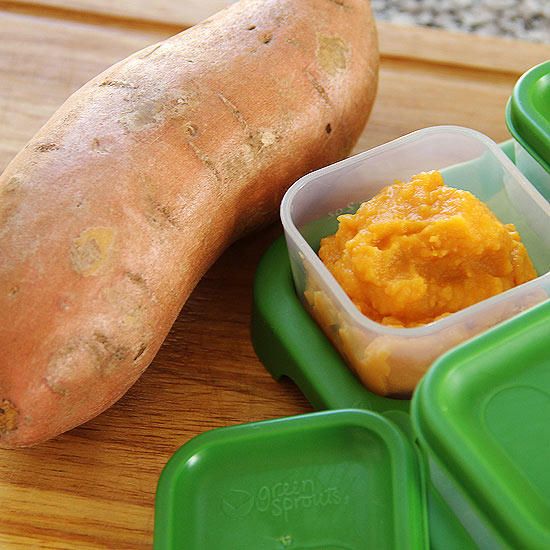
Then cut a piece of about 10 cm from the whole piece of meat. Meat puree, like other foods for babies, should not be stored. For this reason, at one time you will need a very small piece of meat. The remaining meat can be cut into larger pieces and put in the freezer. Just keep in mind that any food for babies can only be thawed once. A defrosted product cannot be re-frozen: temperature changes create a favorable environment for the reproduction of pathogens. So every time, intending to prepare meat puree for feeding, we take out 1 piece of meat from the freezer. For the first time, this amount is more than enough.
3. Rules for cooking meat for baby puree
Put the meat in a pot of cold water (remember, it must be filtered or bottled) and wait until it boils. After 5 minutes, drain the water (this is necessary to get rid of fat and extractives that make digestion difficult) and fill the meat with new water, it should cover it. Cook the meat until tender over low heat for about 2 hours (turkey, veal and lamb should be cooked until tender for 1-1.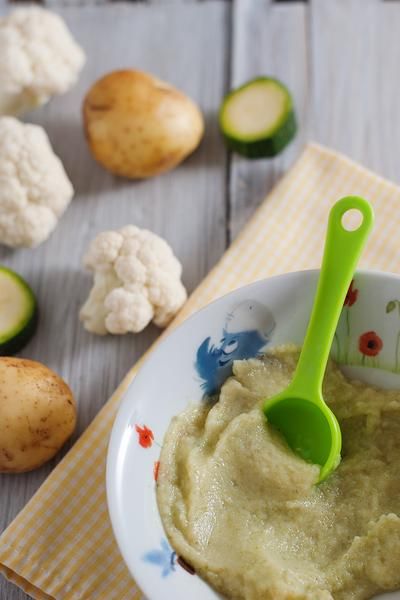 5 hours). If the water boils away, add it again. And remember that kids do not need to salt and add spices to the meat.
5 hours). If the water boils away, add it again. And remember that kids do not need to salt and add spices to the meat.
Find out how to make a menu for a one-year-old baby here: “Almost an adult menu: what to feed a child from one to two years old”
- Photo
- Parents
cut it into small pieces. Then grind the pieces in a blender.
To make puree a homogeneous consistency, similar to thick porridge, add a few tablespoons of mixture or vegetable broth to it (meat broth is not allowed for babies!).
Ready-made meat puree can be mixed with vegetable puree, which is already familiar to the baby. So the child will more easily accept the new product. You can also pour a few drops of vegetable oil into the meat puree (7-month-old children are entitled to 5 ml).
The first serving of meat puree should be 0.5 teaspoon. Pay close attention to your child's reaction. If everything is in order, after a week you can increase the portion. By the year the child should already consume portions of 60-80 g of meat. It is best to feed baby meat puree at lunchtime.
Pay close attention to your child's reaction. If everything is in order, after a week you can increase the portion. By the year the child should already consume portions of 60-80 g of meat. It is best to feed baby meat puree at lunchtime.
Read also: “When a child begins to chew and how to prepare for this”
- photo
- Parents
Each mother has his own recipe for making meat puree for infants . We will present some of them.
Homemade meat puree for babies with beef
Needed: 40 g beef, water, 1 teaspoon butter
Cleaned meat, free of bones, membranes and sinews, cut into small pieces. Stew the pieces in a small amount of water until fully cooked, about 2 hours. Cool the finished meat and scroll twice through a meat grinder, and then chop in a blender. This way you will achieve a uniform consistency. Add a little vegetable broth to the resulting puree and bring to a boil. Thoroughly mix everything, add butter.
Cool the finished meat and scroll twice through a meat grinder, and then chop in a blender. This way you will achieve a uniform consistency. Add a little vegetable broth to the resulting puree and bring to a boil. Thoroughly mix everything, add butter.
You can also add some breast milk to the meat puree. But in this case, boiling mashed potatoes is no longer required.
Turkey meat puree recipe
You will need: 100 g turkey fillet, 0.5 cup of water.
Meat can be cooked on the multicooker rack, steamed or boiled in a pot of water on the stove. We cook in a slow cooker by setting the “steam” mode for 40 minutes. We cut the boiled meat into pieces, which we grind with a blender until a homogeneous consistency is obtained. Dilute with water. Since the turkey puree is a little dry, you can pour a few drops of vegetable oil into it. Ready-made meat puree can not be stored in the refrigerator for more than a day.
How to choose the right meat puree for babies in the store? We figured out the issue together with a nutritionist: “Ready-made meat puree for a baby: analysis of the composition”
Svetlana Lyuboshits
Chicken legs.
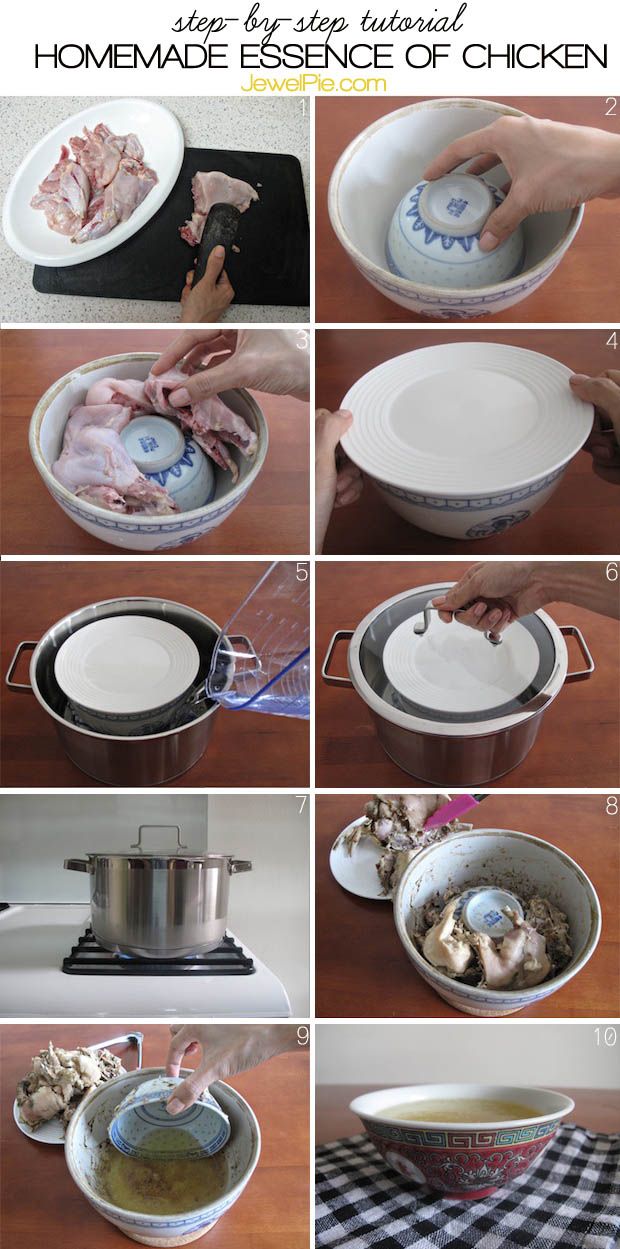 Delicious easy chicken recipe. Children food. Diet food. To the Christmas table
Delicious easy chicken recipe. Children food. Diet food. To the Christmas table - Main dishes
- First course recipes
- Soup Recipes
- Dressing soups
- Broths
- Second course recipes
- Meat and offal dishes
- Fish and seafood dishes
- Rabbit, poultry and game dishes
- Vegetable dishes
- Omelettes, scrambled eggs, egg dishes
- Popular recipes
- Pasta dishes
- Bean dishes
- From cottage cheese and dairy products
- Mushroom Dishes
- flour and cereal dishes
- Side dishes
- Dessert recipes
- Compotes, kissels
- Jelly, mousse, sambuca, parfait
- Creams
- Other desserts
- sauces for sweet dishes
- Drink recipes
- Tea, coffee
- Cocoa, chocolate, milk, cream
- Drinks from berries, fruits, vegetables
- Sbitney and kvass
- cocktails, crunches, mulled wines, grogs, etc.
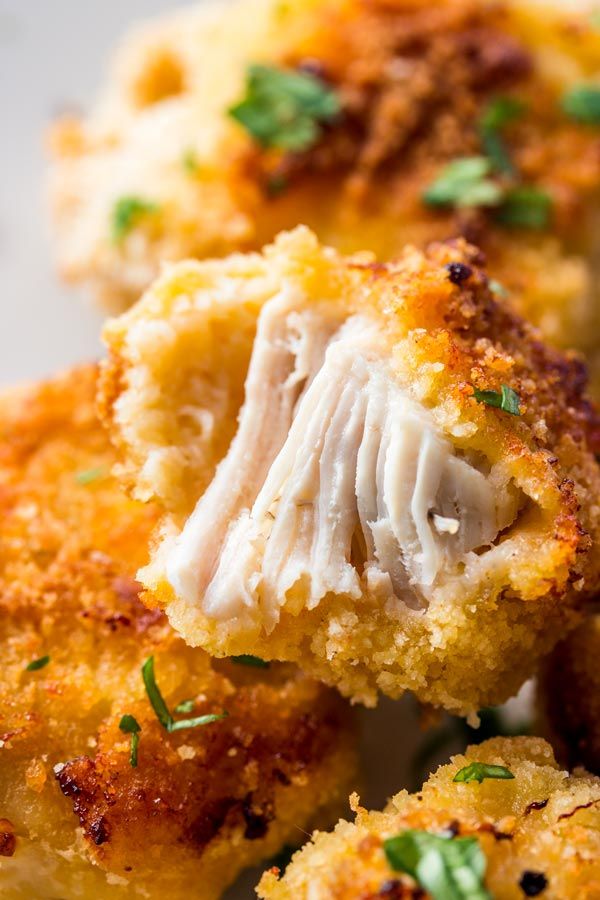
- Alcoholic beverages
- First course recipes
- Confectionery dishes
- Baking recipes
- Cakes and pastries
- Pies and pies
- Small pastries
- Cakes, rolls, puddings, etc.
- Filling recipes
- Minced meats and fillings
- Creams, syrups, pomades
- Baking recipes
- Blanks
- Homemade recipes
- Pickles
- Marinades
- Salads
- Caviar, spices, dressings and other recipes
- Sweet homemade preparations
- Jams
- Compotes
- Candied fruits and fruits
- Homemade recipes
- Kitchens and meals
- National cuisine
- Vegetarian cuisine
- Baby food
- Diet food
- Medical nutrition
- Diets
- Orthodox cuisine
- Lenten dishes
- Orthodox holidays
- Special dishes
- Special recipes
- Holiday recipes
- Instant recipes
- Recipes from our readers
- Ancient Recipes
- Microwave Recipes
- Snack Recipes
- Snacks of meat and meat products
- Fish and seafood snacks
- Vegetable snacks
- Salads and vinaigrettes
- Egg and dairy snacks
- Condiments, sauces and spices
- Condiments and spices
- Sauces and dressings
- Special recipes
- Tips and secrets
- Helpful tips for housewives
- It's interesting
- Table setting and decoration
www.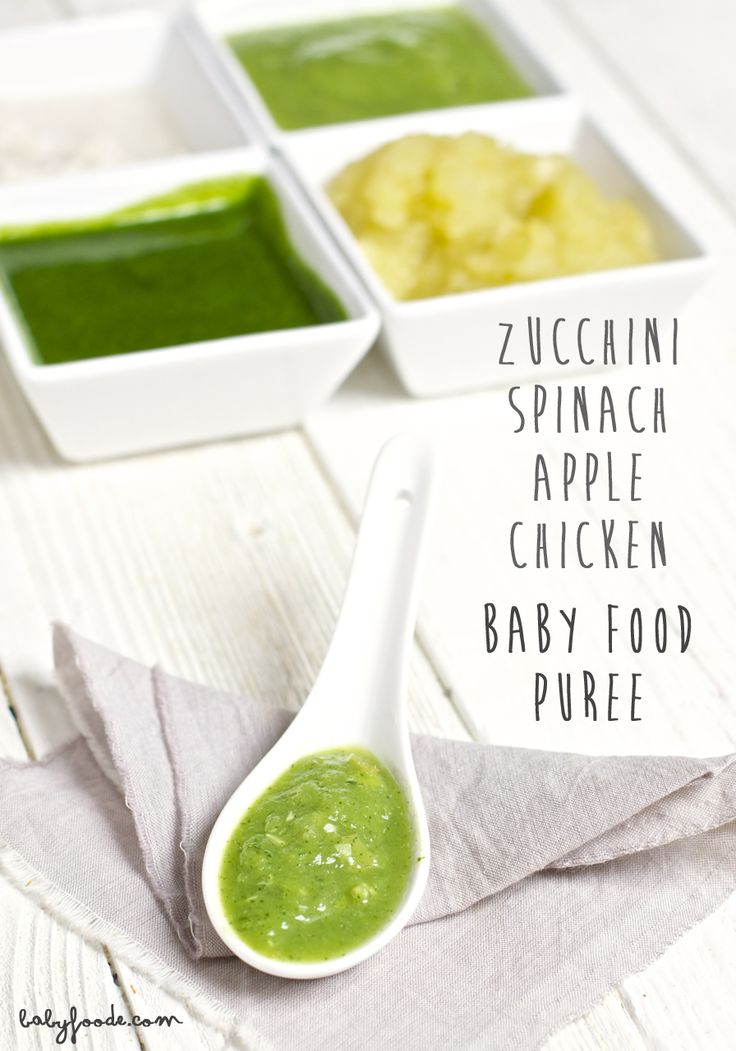 wild-mistress.ru >> Cooking >> Main dishes >> Second course recipes >> Rabbit, poultry and game dishes
wild-mistress.ru >> Cooking >> Main dishes >> Second course recipes >> Rabbit, poultry and game dishes
by Notes of a Wild Mistress
Chicken meat is a dietary meat that can be prepared both for baby food and as a dietary meal. Our cookbook contains many recipes for preparing various chicken dishes. Prepare chicken legs according to our delicious recipe for baby food and diet food for the Christmas table. Products for chicken legs : 1 kg of chicken legs, 0.5 cups of kefir, 0.5 cups of mayonnaise, 2 teaspoons of salt, 4 - 5 peas of allspice, 1 teaspoon of sugar, 1 tablespoon of lemon juice, a few stars of cloves .
To prepare marinade for chicken thighs, combine buttermilk, mayonnaise, lemon juice, allspice, salt, sugar and cloves. Pour the chicken legs with the prepared marinade overnight or overnight. After this time, fry the legs on the grill or in the oven until golden brown.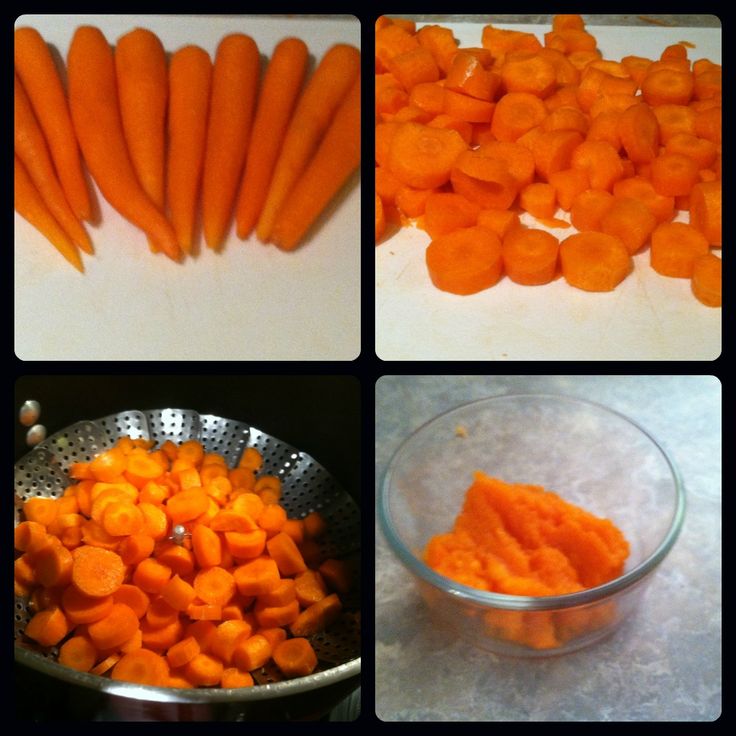
Bon appetit!
posted by Zimina Irina
home menu chicken dishes wild mistress
The following articles from this section
Read or leave a comment
- Comments
- Add your comment
- Rules
Comments
Add your comment
Text
Sending a comment
Your comment has been sent.